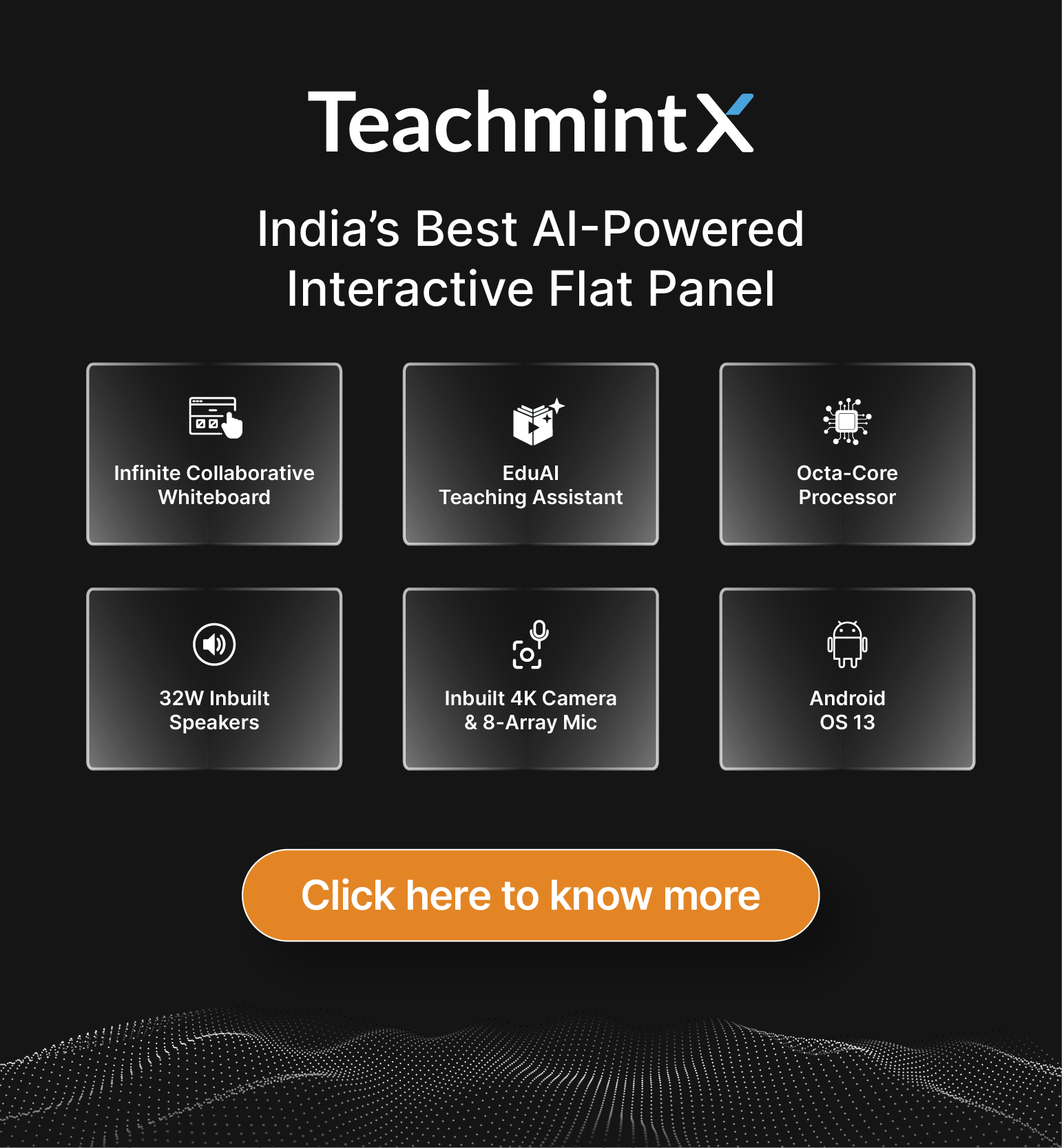What is DSSSB PRT?
The DSSSB or Delhi Subordinate Services Selection Board conducts the PRT (Primary Teacher) exam to recruit primary teachers in the schools of Delhi. This exam can make or break the career of those who wish to establish a teaching career in Delhi Government Schools.
Understand and digitize school operations with Teachmint and its features like the performance management for efficient school management.
Why is Preparation Required for the DSSSB PRT Exam?
The way you choose to prepare for the DSSSB PRT exam should match your exam requirements. You should prepare well for this exam as:
• Every exam has a cut-throat competition these days. Since the vacancies are gradually decreasing for government jobs, the chances of being selected get thinner. Further, the constantly varying exam pattern is a significant reason to prepare well for DSSSB PRT.
• There is limited time to study the entire syllabus, so time management is essential to completing the syllabus.
Read the evaluation methodologies and outcomes. Also, read everything about the hybrid learning.
How to Prepare for the DBBBS PRT Exam?
Here are some section-wise tips to remember while preparing for the DSSSB PRT exam:
- General Awareness
This section intends to test candidates on their general knowledge. It is a vast section of the exam, which will require you to stay abreast of current events. The easiest way to prepare yourself is by making it a habit to read the newspaper every day. You can also work on your general knowledge by reading books such as Lucent’s General Knowledge, Pratiyogita Darpan & Manorama Year Books.
- General Intelligence and Reasoning Ability
This section requires you to have a firm understanding of key concepts. One of the best ways to better understand the type of questions you might get is by answering the previous years’ question papers. Solving questions will then become easier for you.
- Arithmetic and Numerical Ability
Practice makes perfect when it comes to this section. To establish a firm understanding of the basics, try to solve as many questions as possible. You can do this by attempting mock exams, previous year exams, practice papers, etc. You can even watch videos and read columns on solving maths quicker through formulae learning.
- English and Hindi Comprehension
To have a good hold over a language, you must be confident with its grammar. You can study books such as SP Bakshi as it teaches all the grammar principles required for various parts of speech. Reading newspapers and books is a great way to develop language comprehension. It also allows you to build your vocabulary. Try to go through 30 idioms, synonyms, antonyms, and other phrases every day. While studying Hindi, ensure you pay attention to spellings and vowel symbols.
- Study Plan
Many students can attest that study plans have made it easier to complete the syllabus and have time for revision. Create a reasonable schedule for yourself with 6-8 hours of study time. You can divide these 6-8 hours into various shifts, so you do not have to study at a stretch. You can incorporate small breaks and leisure time. You can choose to take a nap or engage in some physical activities. It is best to complete your syllabus with three weeks in hand. This will give you ample time to revise the entire syllabus.
- Revision Strategy
To do well in an exam, it is vital to revise the syllabus. The more you revise, the better the concepts sit in your brain, the better you do in the exam. Feeling confident will enable you to write a better exam. The best thing you could do is note down your weak and strong areas while studying. When you get the chance to revise your studies, you can spend more time on your weaker sections. Always try to solve as many mock tests, practice papers, and previous year’s question papers as possible. Another great study tip is to make short notes consisting of all the important points, formulae, principles, etc. You can simply go through this short document when you are revising instead.
- Attempt Mock Tests
It cannot be stressed enough how important it is to attempt as many DSSSB PRT mock tests as possible. This is an eye-opener to check your weaknesses, allowing you to see where you should put more focus.
- Maintain Good Health
At the end of the day, your health is the most important. While it is essential to work hard, ensure you take breaks. Avoid situations of stress, demotivation, and burn-out. You can do this by focusing on your sleep and diet. A healthy body and a healthy mind are what will make you successful. Being calm and positive can reduce distractions, allowing you to have better focus. You need not pause your entire life while preparing for the DSSSB PRT exam. Remember to take breaks, have some fun, get a proper night’s rest and live your life as usual.
Know more about LMS and how it can help in seamless school operations management.

